Embarrassing! Over 100 Paris Olympic Medals Returned, While the Gold Content of Beijing's "Gold-inlaid Jade" Medals Continues to Rise
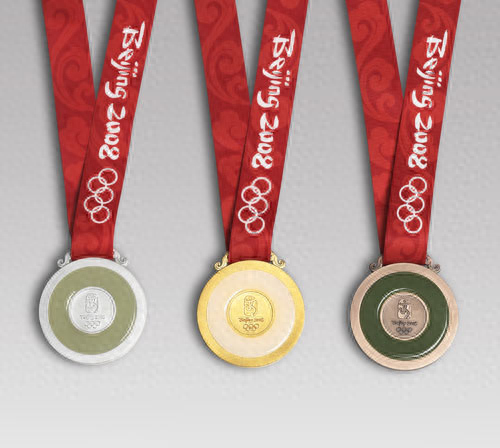
The French Olympics, which have already concluded, continue to be a source of embarrassment. In contrast, the "gold-inlaid jade" medals from China's 2008 Beijing Olympics have returned to public attention in a unique way, with the "gold content" of these medals still on the rise.
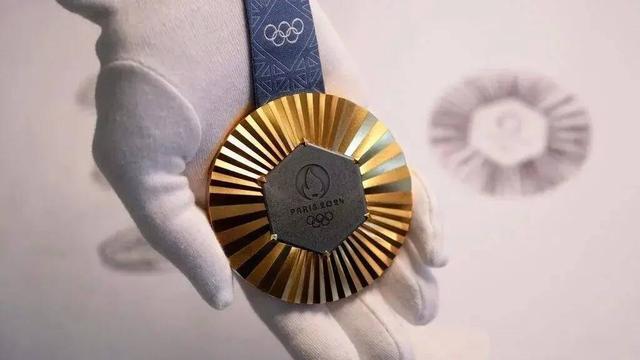
For the performance of the medals at the Paris Olympics in France, one can't help but question whether it is appropriate to do so for the sake of "environmental protection." Now, more than 100 Olympic medals have been returned...
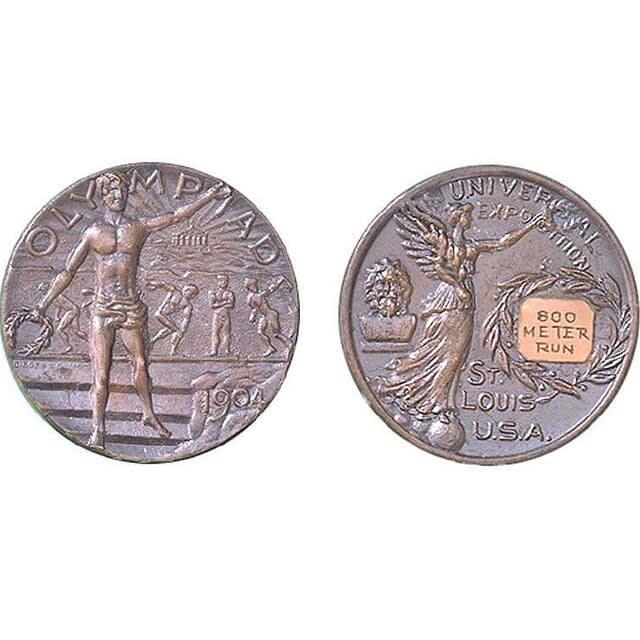
The "gold-wrapped iron" that is embarrassing
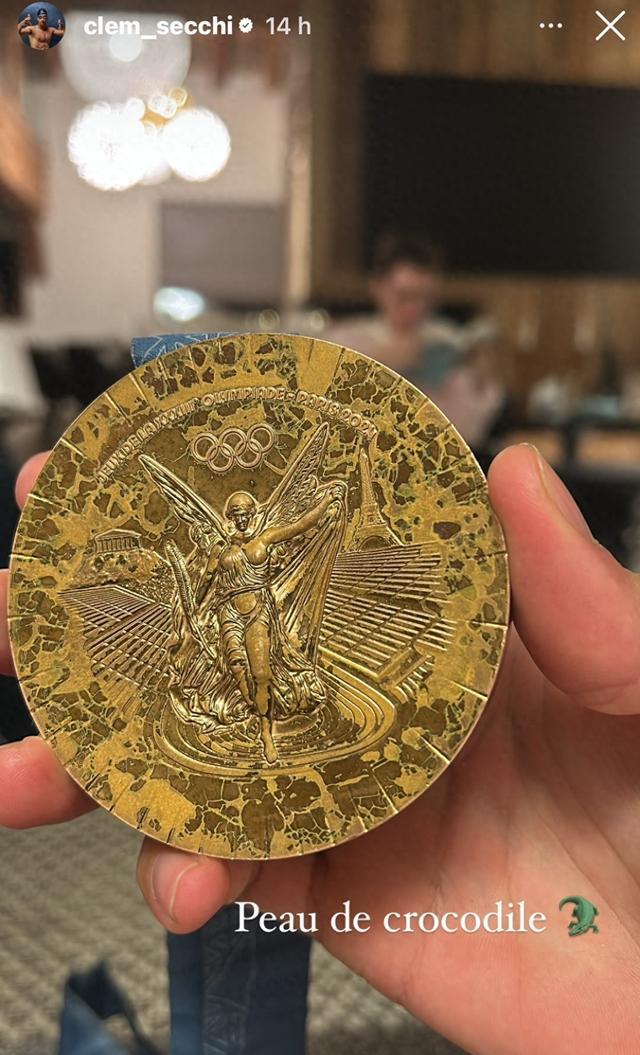
As the world's largest comprehensive sports event, it not only showcases the style of athletes but also tests the strength of the host country. However, over 100 medals have now appeared with serious oxidation and have been returned by the athletes, which is undoubtedly a slap in the face for France.
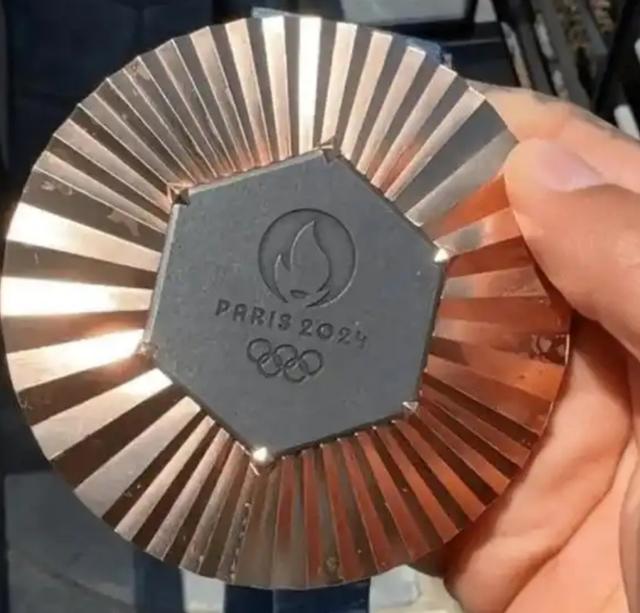
The Olympic gold medal, as the highest honor in the sports world, carries the efforts and struggles of countless athletes. However, the initial champions actually received silver medals instead of gold medals.

Since Pierre de Coubertin founded the modern Olympic Games in 1896, the first modern Olympics was held in Athens, Greece. Gold was considered inconsistent with the ancient Olympic spirit, so only the top two finishers in each event could receive medals, that is, silver and bronze medals.

The first gold medal was actually born at the third Olympics held in the United States in 1904. It was the first true gold medal in Olympic history. However, since 1912, the Olympics have no longer used pure gold to make gold medals. Instead, they have adopted the method of alloy plating gold, which has continued to this day.
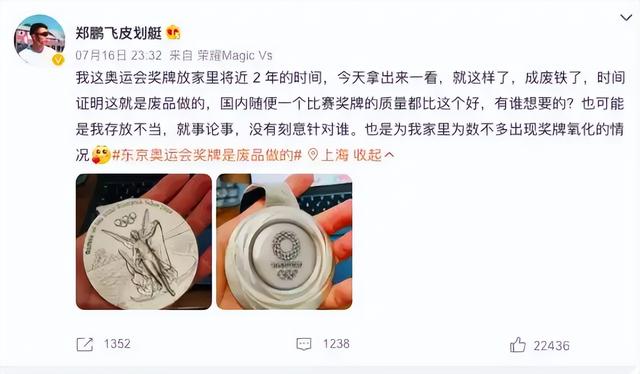
However, the medals of the Paris Olympics are too embarrassing. The problems of oxidation and discoloration were not just recent occurrences. During the competition, some athletes reported that their gold medals had "discoloration," which triggered a wave of complaints.
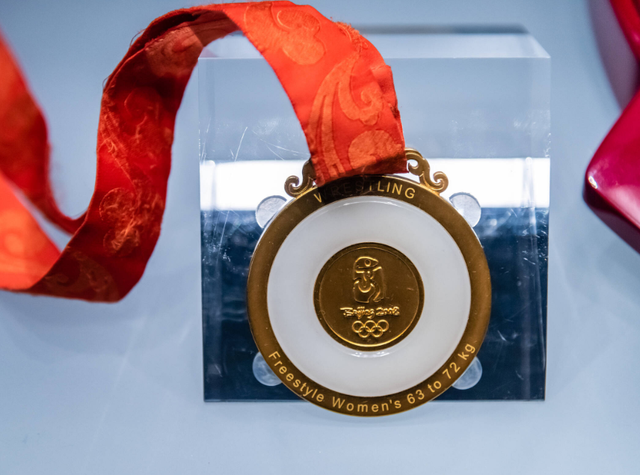
It was originally thought that the situation at that time was just an isolated case, but unexpectedly, many athletes now say that their medals have experienced serious oxidation. Such "defective products" have become the medals awarded to outstanding athletes at the Paris Olympics.
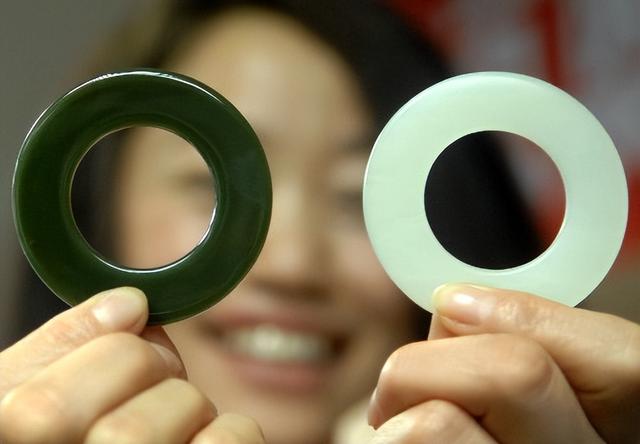
Before the start of the Paris Olympics, although the French side stated that they would take "environmental protection" as the theme, everyone could accept things like paper beds and no air conditioning. However, they also implemented "environmental protection" in the raw materials for making medals.
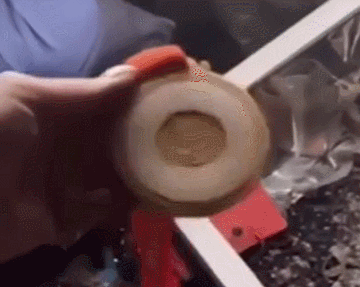
All medals were made according to the lower limit of the International Olympic Committee's regulations. For example, the Olympic gold medal used 6 grams of gold, 505 grams of pure silver, and a large piece of old iron from the Eiffel Tower.

Whether it is a gold or bronze medal, the color difference caused by oxidation is very severe. Only the silver medal, mainly made of pure silver, did not show any spots.

Some athletes said that it seems that water or any metal object touching the medal would cause it to fade. In response to the current situation, the International Olympic Committee stated that they are working with the French Mint to assess the damage. For medals identified as defective, they will be replaced to ensure that the new medals are exactly the same as the original ones.

The French side also stated that they have actually been facing issues with defective varnish before the Olympics began. Therefore, they have been replacing medals since last August, and the mint has dismissed three managers in charge of production and quality.

Countries Start "Trash Competition"

After the cancellation of pure gold medals, medals began to be cast using alloys. Besides the minimum restrictions of the International Olympic Committee, there were no other limits. Therefore, to give the medals more meaning, many countries have started "silly operations."
For example, France used its national landmark building—the Eiffel Tower in Paris. Since the construction of the tower, it has undergone multiple renovations. However, the waste materials from the replacements have been secretly stored in warehouses. Now, taking advantage of the "environmental protection" theme, these waste materials have been made into 5084 medals.
The 2016 Rio de Janeiro Olympics in Brazil also used recycled materials, such as the ribbons of the medals, which were processed from recycled old plastic bottles. The materials for the silver medals included old car parts and broken mirrors, while the bronze medals were made from waste copper from the mint.
The 2020 Tokyo Olympics in Japan adopted "garbage alchemy," extracting metals from electronic "waste" donated by Japanese residents. Similar to the medals at the Paris Olympics, the medals at the Tokyo Olympics also had quality issues, with athlete Zheng Pengfei reporting severe oxidation.
However, the appearance of these medals has inadvertently highlighted the medals from China's Beijing Olympics. The "gold-inlaid jade" that once went viral has surprisingly been able to amaze again with its excellent quality.
The "Gold-inlaid Jade" That Can't Be Burned or Broken
After China obtained the qualification to host the Olympics, in order to present the best side of China to the world and allow people to re-recognize China, China spared no effort for the Beijing Olympics.
After extensive screening, it was finally decided to use "gold-inlaid jade" as the design plan. Jade, as a symbol of the gentleman in Chinese traditional culture, embodies the connotations of beauty, respect, love, and mutual assistance, not only interpreting Chinese culture but also perfectly matching the Olympic spirit.
Adding that jade, as a ceremonial object, is most suitable for grand occasions like the Olympics. Awarding it to winners is also an unparalleled honor. The gold-inlaid jade aptly suggests "a good marriage of gold and jade," reflecting China's praise for the Olympic spirit.
To ensure quality and avoid situations where athletes, after winning, become too excited and throw the medals into the air or towards the audience, durability must be considered, as jade is a fragile material.
Therefore, the designers added a buffer inside the jade plaque and incorporated a special damping material. This not only tightly combined the jade and metal but also provided ample shock absorption, even allowing the medal to remain unscathed after being dropped from a height of 20 meters.
In 2021, Russian athlete Darya accidentally caused a fire in her room due to a mistake. However, after the fire ended, the Chinese "gold-inlaid jade" gold medal remained intact, and even the ribbon showed no changes. After many years, the gold-inlaid jade still shines brightly, with no difference from its original splendor.
This gold medal from China perfectly interprets what is meant by a great craftsman of a big country and "true gold is not afraid of fire." It is not only a medal but also a work of art, an eternal symbol of the athletes' spirit.
Information sources:
- Jinan News on January 14, 2025, regarding the report "Poor Quality? Over 100 Paris Olympic Medals Returned by Athletes"
- Live Bar on January 15, 2025, regarding the report "Over 100 Olympic Medals Returned! IOC: Those Identified as Defective Will Be Replaced"
- Taiwan Sea Network on January 14, 2025, regarding the report "Poor Quality, Serious Oxidation! Over 100 Paris Olympic Medals Returned by Athletes"
- French media La Lettre on January 13, 2025, regarding the report "Comment la Monnaie de Paris est tombée du podium avec ses médailles olympiques"
- China News Service on August 31, 2021, regarding the report "Unbreakable, Unburnable, Revealing the Design Details of the 'Gold-inlaid Jade' Medals from the Beijing Olympics..."